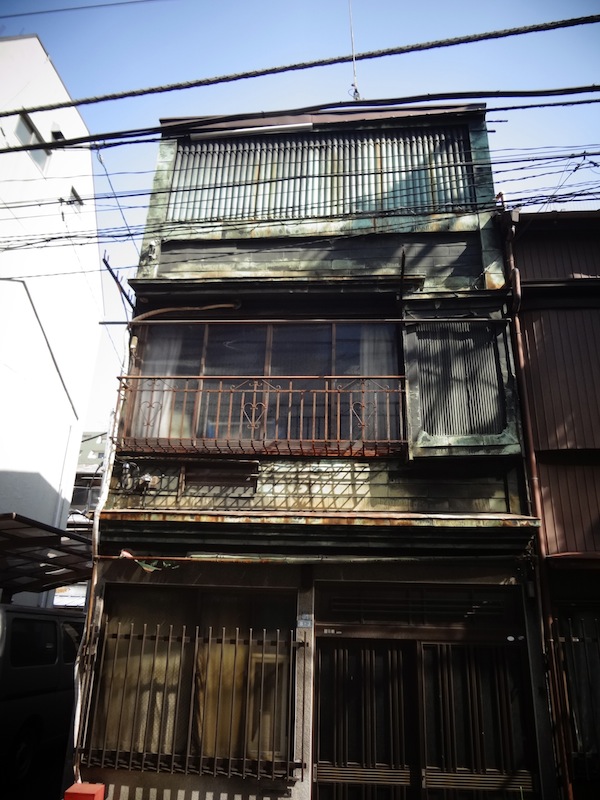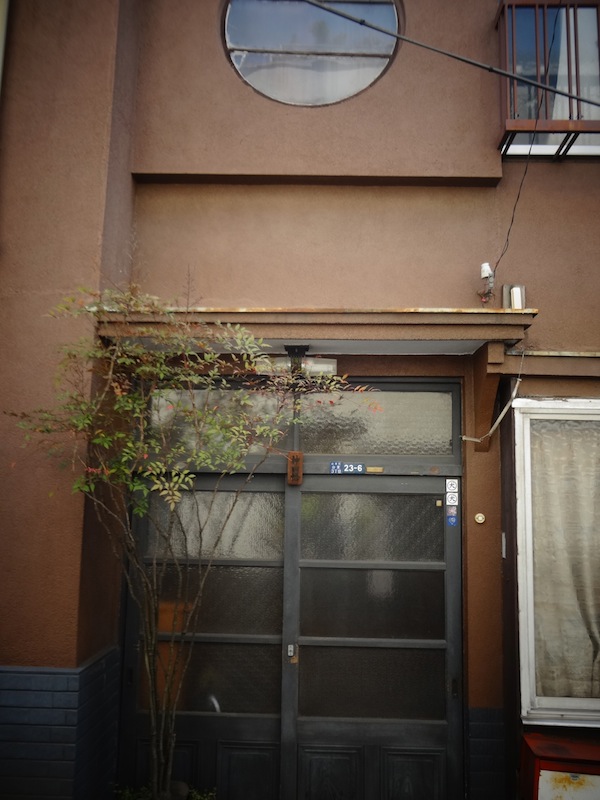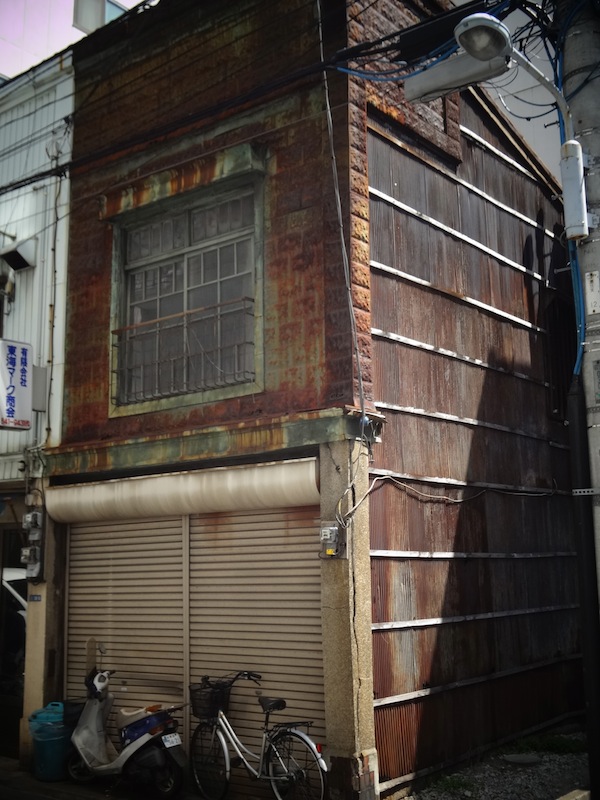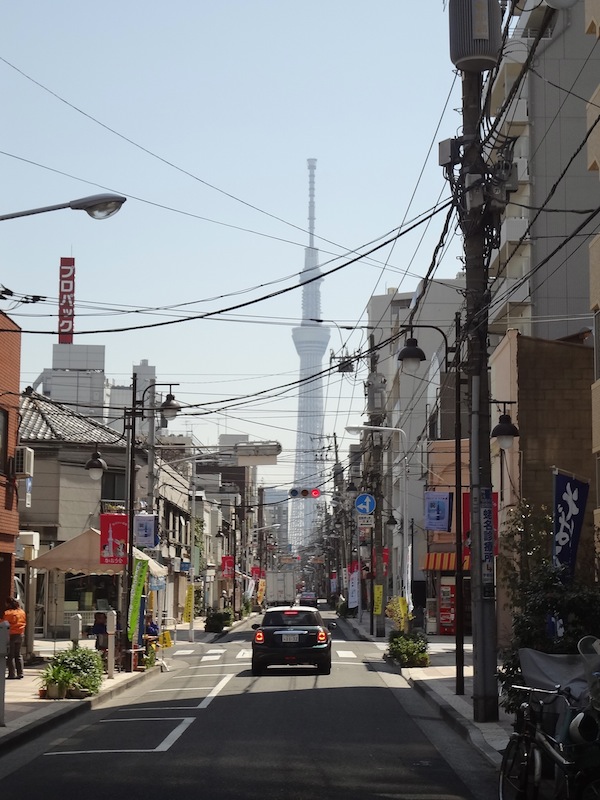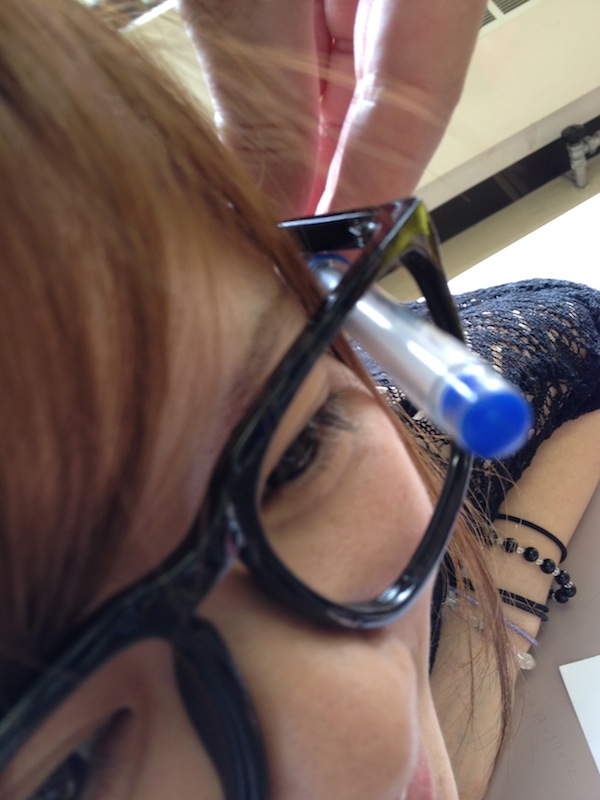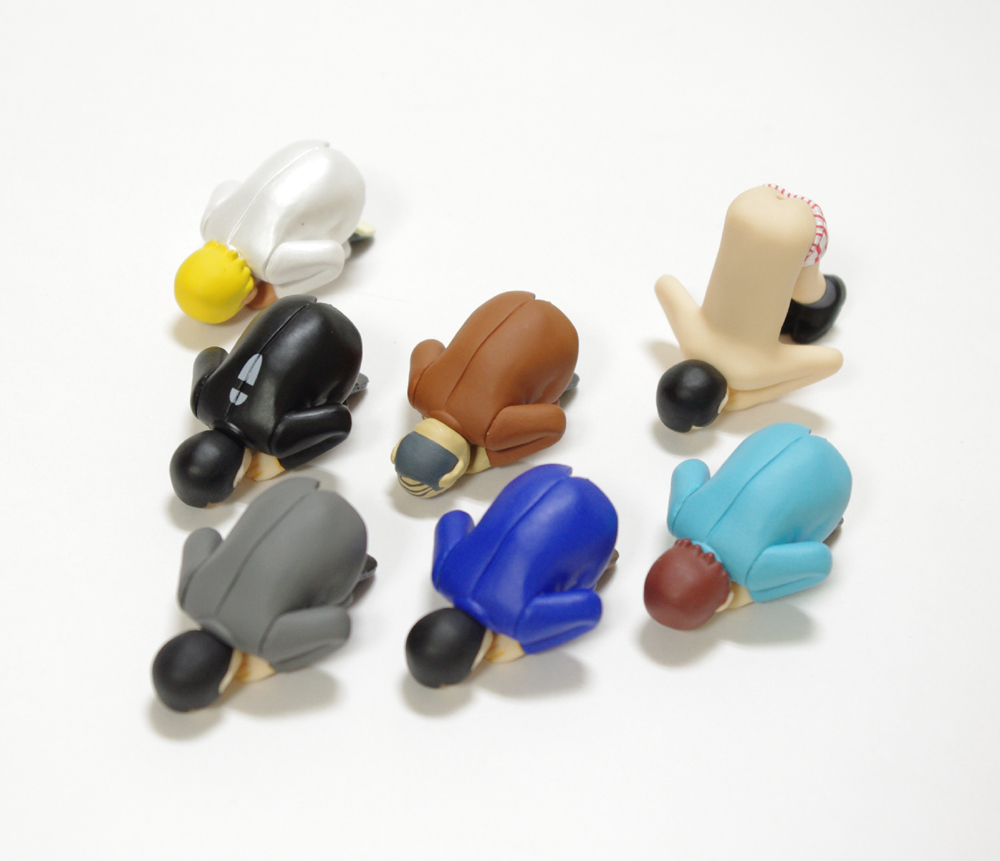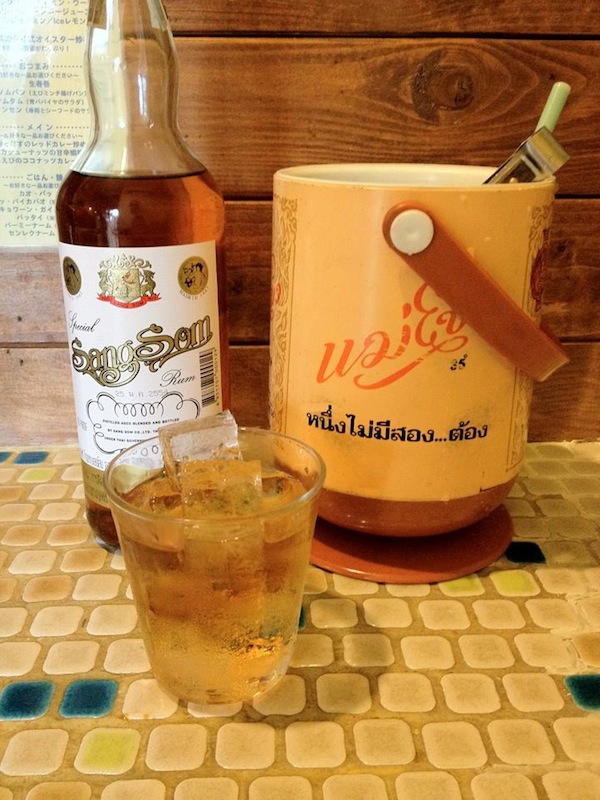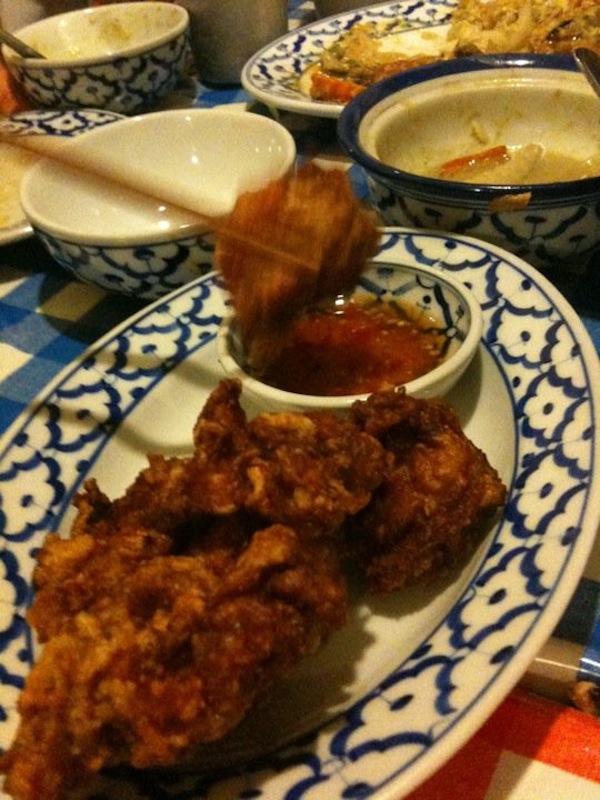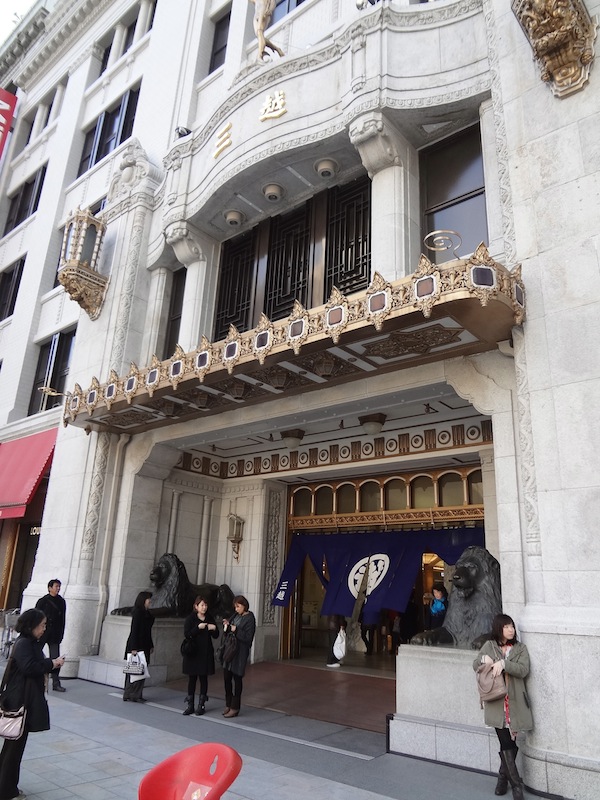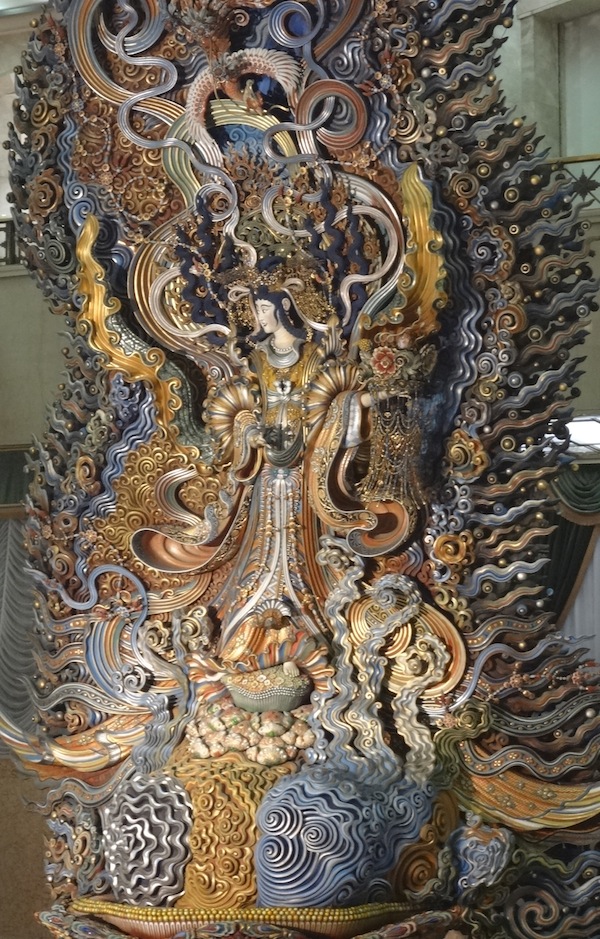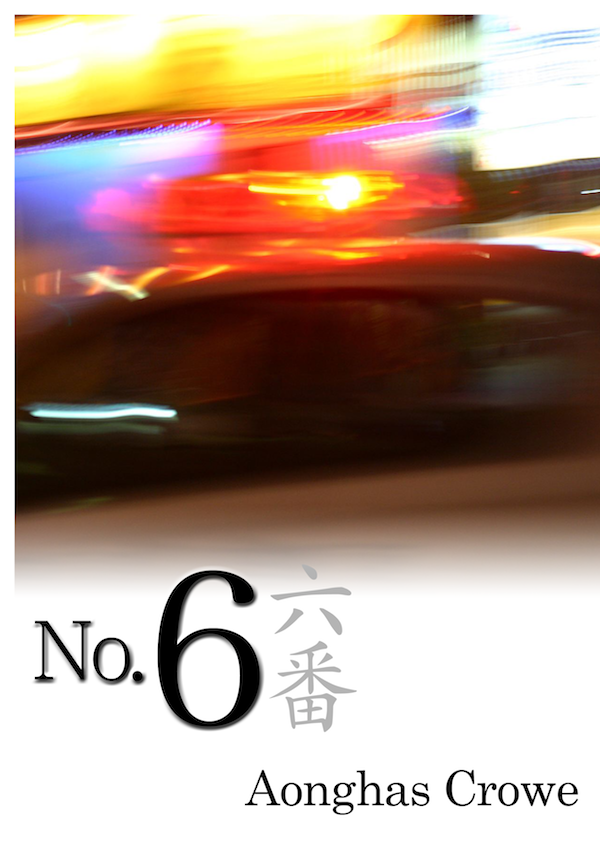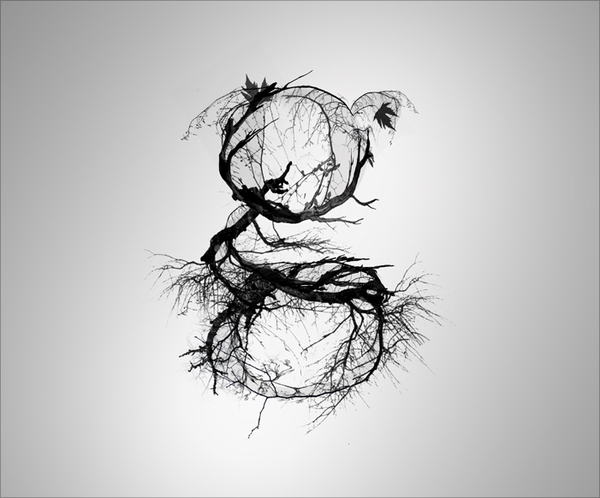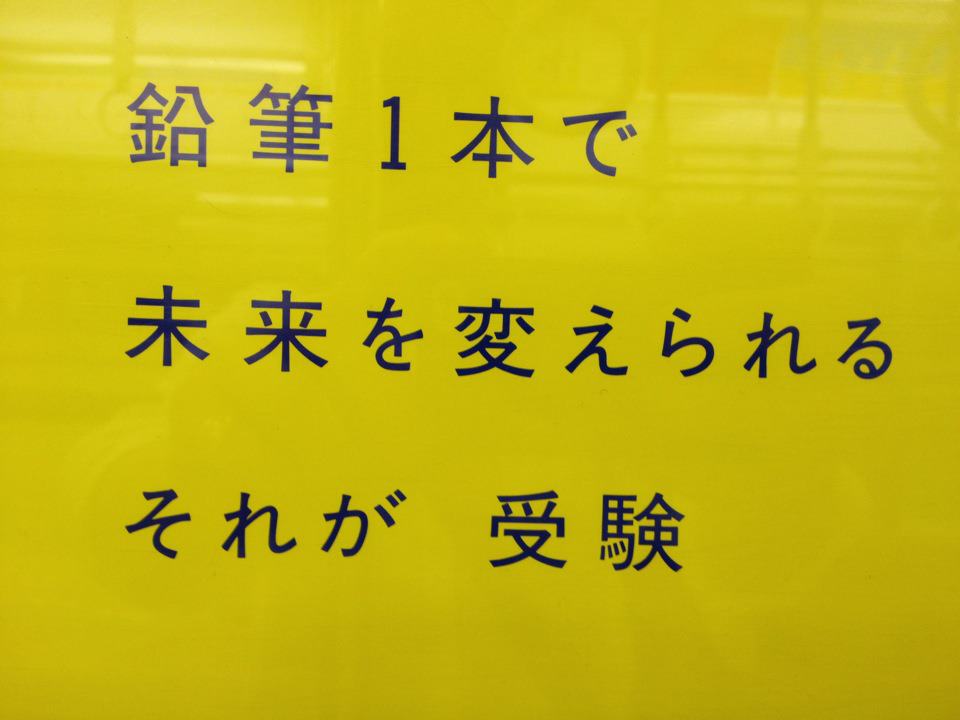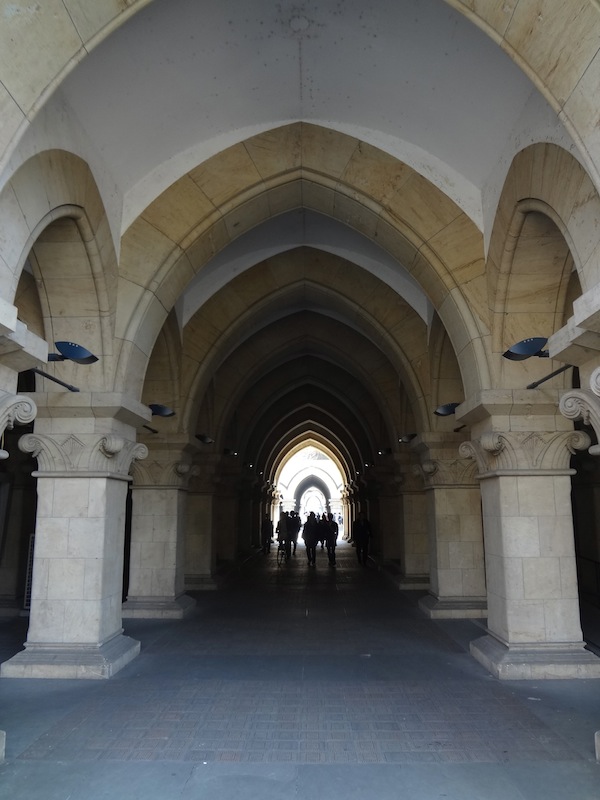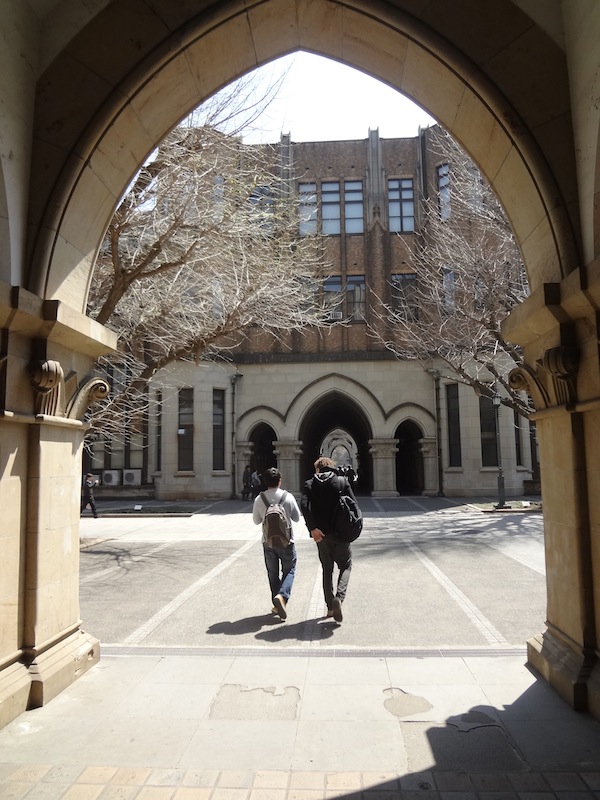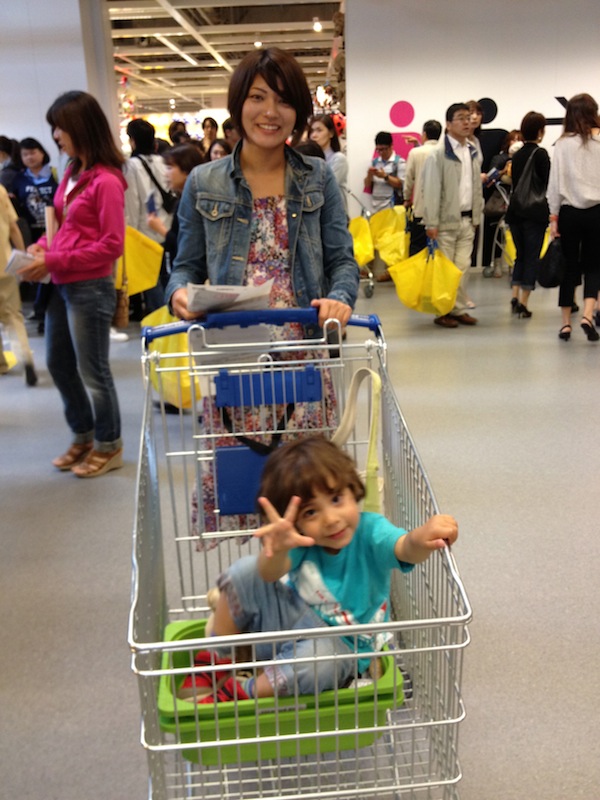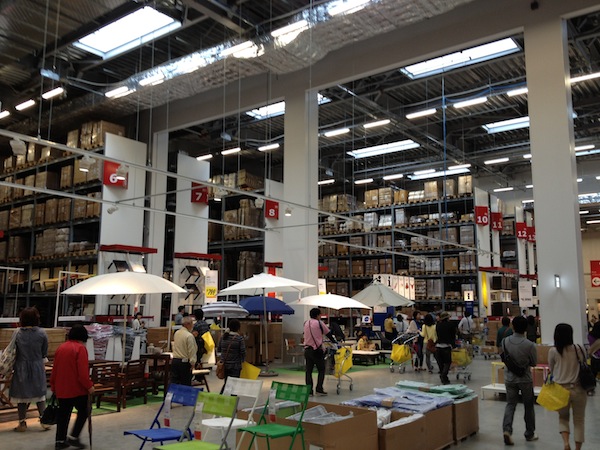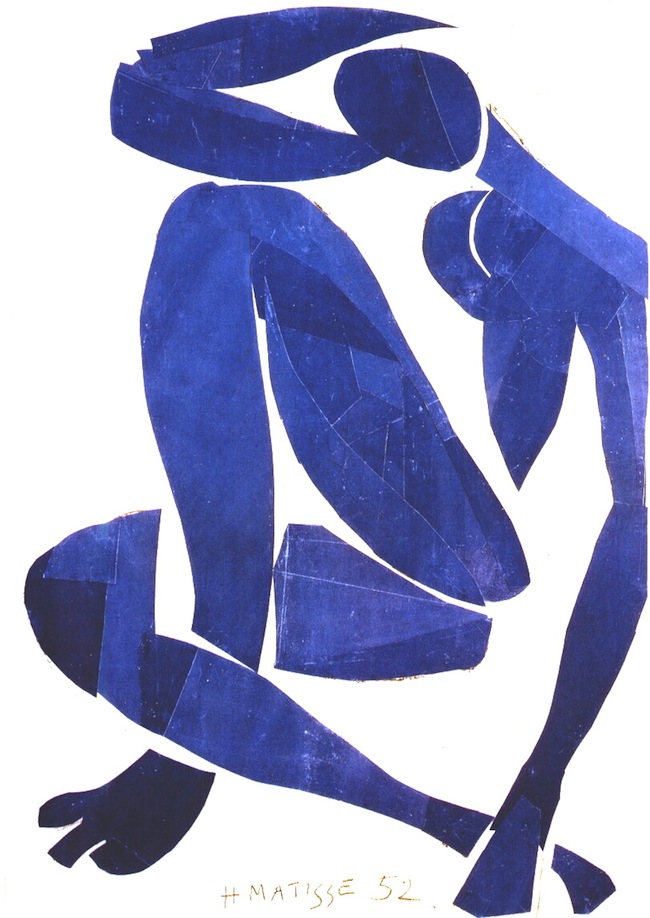"Roll Cake" Day
 Thursday, June 7, 2012 at 12:33PM
Thursday, June 7, 2012 at 12:33PM
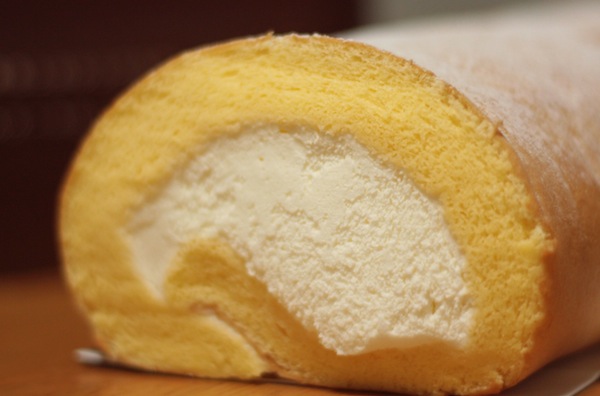
If you failed to realize that yesterday, June 6th, was "Roll Cake Day" in Japan, you may still be forgiven by hurrying over to your local Bäkerei or pâtisserie and picking up a Swiss roll.
Just as May 4th is now known by geeks the world over as Star Wars Day (May the fourth → "May the Force" be with you), there are a number of days on the Japanese calendar which by virtue of the way they appear or can be pronounced have come to be associated with certain products or events.
The 6/6 of June the sixth, for example, looks like a Swiss roll, or "roll cake" as they are known in Japan.†
June fourth has been known as Mushiba no Hi (Decayed Tooth Day/Cavity Day) ever since 1928 because 6/4 can be read "Mu shi". It is a day to spread awareness about dental hygiene.
Those of you who don't speak Japanese, but have some experience with karate may be familiar with the most basic way to count in the language: ichi, ni, san, shi, go, roku, shichi, hachi, ku, jū. The numbers one through ten, however, can be read in a number of ways, lending them a playful flexibility.
一 1, ichi, hitotsu, i, hi
二 2, ni, futatsu, fu
三 3, san, mitsu, mi, sa
四 4, shi, yon, yotsu, yo
五 5, go, ko
六 6, roku, mutsu, mui, ro, mu
七 7, shichi, nana, na
八 8, hachi, yatsu, yae, yô, ya, ha
九 9, ku, kyû, kokono, kao
十 10, jû, tô, ji
July the tenth is Nattô no Hi, a day to enjoy fermented soy beans. 7/10 (Na + tô).
August second is "Pantsu no Hi", the one day of the year when Japanese wash their skivvies. (Kidding.) 8/2 (Pa + tsu, as in the Japanese pronunciation of "two"). This, I must say, is stretching it a bit.
August the fifth is Taxi Day for some reason. I learned this while riding in a cab in Okinawa recently. Aparently taxis made their debut in Japan on August 5, 1912.
August the eighth and October the first are both possibilities for "Megane no Hi", a day to buy glasses because 8/8 and 10/01 look like glasses.
The twenty-ninth of any month is "Niku no Hi", a day to eat beef or go to a yakiniku Korean barbecue restaurant. x/29 (ni + ku), is Japanese for "meat". And the twenty-sixth of every month is "Furô no Hi", the day to visit your local sentô, or public bath. Senior citizens get a special discount on the day (x/26 = x/ fu + ro).
October thirteenth was recently designated Mame no Hi (豆の日, Bean Day), because according to the ancient calendar when there were only 28 days in a month, the full moon always fell on the 13th of the month. Beans were eaten on that day to celebrate the full moon. Later, the calendar was changed such that the full moon always fell on the fifteenth of the month. This is why today the full moon festival in autumn is still called Jūgoya (十五夜, "fifteen night").
October sixteenth is Ghibli Day, a day to watch animation by Hayao Miyazaki's Studio Ghibli, such as My Neighbor Totoro. 10/16 (To + to + ro) Actually, I made this one up. Mr. Miyazaki will have to pay me for the use of this.
The eleventh of November is Pocky Day. 11/11 looks like the chocolate covered stick biscuits.
November twenty-second is "Ii Fûfu no Hi", a popular day for marriages because 11/22 can be read ii fûfu which means "a happily married couple".
Strawberries, or ichigo, are promoted on January fifth. 1/5 (ichi + go).
February twenty-second is Cat Day. 2/22 (Nya, nya, nya). Bit of a stretch, but then cat people tend to be a little nutty. I wonder if there a similar day for dogs. 11/11 would work: "Wan-wan! Wan-wan!" (That's how dogs bark in Japan. "No Woof-woof" here.)
The tenth of February is "NEET Day". Isn't every day NEET Day for these slackers? 2/10 (ni + to)
And finally, the third of March is a day to get your ears checked: "Mimi no Hi". 3/3 (mi + mi)
There are probably more of these "holidays" out there. If you know of any others, send them my way!
† June 6th is also known as D-Day. "D" as in "doughnuts"?

